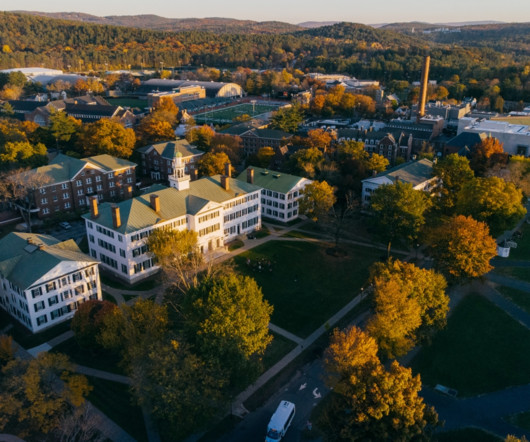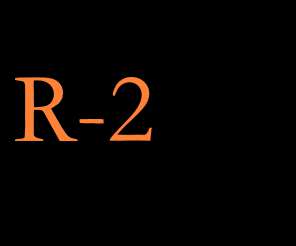College Revives Standardized Test Requirement
Diverse: Issues in Higher Education
FEBRUARY 5, 2024
The college adopted a test-optional policy for applicants to the Classes of 2025, 2026, and 2027 and a test-recommended policy for applicants to the Class of 2028 in response to the COVID-19 pandemic, according to Lee Coffin, the college’s vice president and dean of admissions and financial aid.















Let's personalize your content